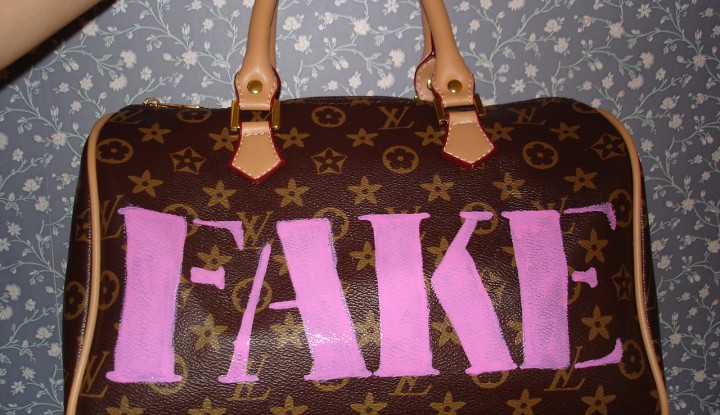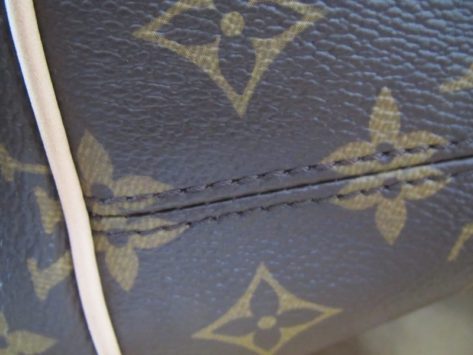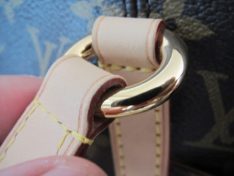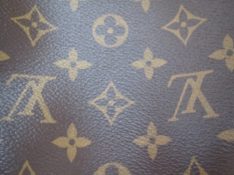The Devil Is In The Details
Try and get as much information as possible from the brand’s website or its stores, in order to sharpen your eye. Observe carefully the stitching, how tags and labels looks like, the leather quality, the bag lining, how the handbag feels between your hands, the zipper, color variations, what the serial number on the bag looks like, etc. All those little details will help you later determine whether the model that you have found, might be the real deal.
For example, Chanel bags are all numbered: If the model you have in your hands has no serial number, then it is definitely a counterfeit. Similarly, most major brands deliver a certificate of authenticity: this can act as a guarantee, as long as you verify that this certificate of authenticity is itself authentic!
Keep in mind that these tips are a mere guidance: in the case of a vintage designer bags from the 1950s-1970s, it will probably be difficult to find the same model in store or on the brand’s website. However, if you’re familiar with the brand, its products and the quality of its work, then you’ll be able to differentiate the real from the fake.
Tip: A seam that unravels, a flimsy leather, a poorly printed or inconsistent monogram, an extra pocket sewed on the lining, the cut pattern of the lining is unsymmetrical, a cheap fabric, tags that don’t look hand-stitched, stamped, or are just missing… The devil is indeed in the details. Louis Vuitton monogram placement for instance, is done carefully and is consistent on pieces: it will not be crooked or cut off, and will look the same on each style of bag. The leather is one solid piece that continues to the front from the back.
You will never see a seam in the middle of a bag. If you have a doubt about anything, trust your guts: this might be a sign that something is fishy about this bag.






